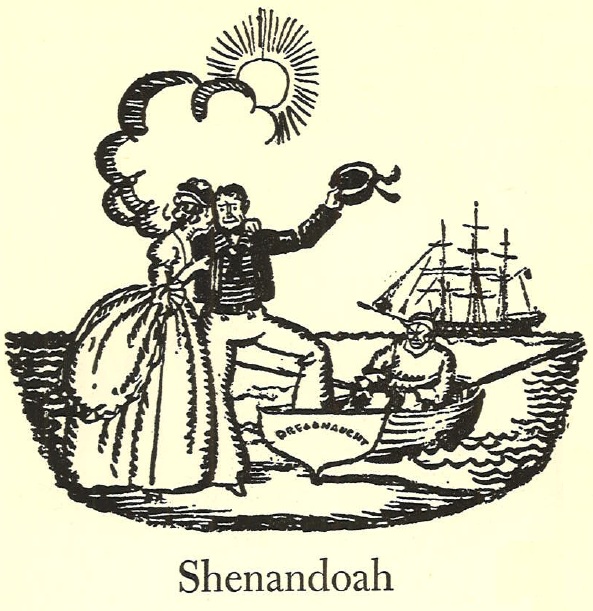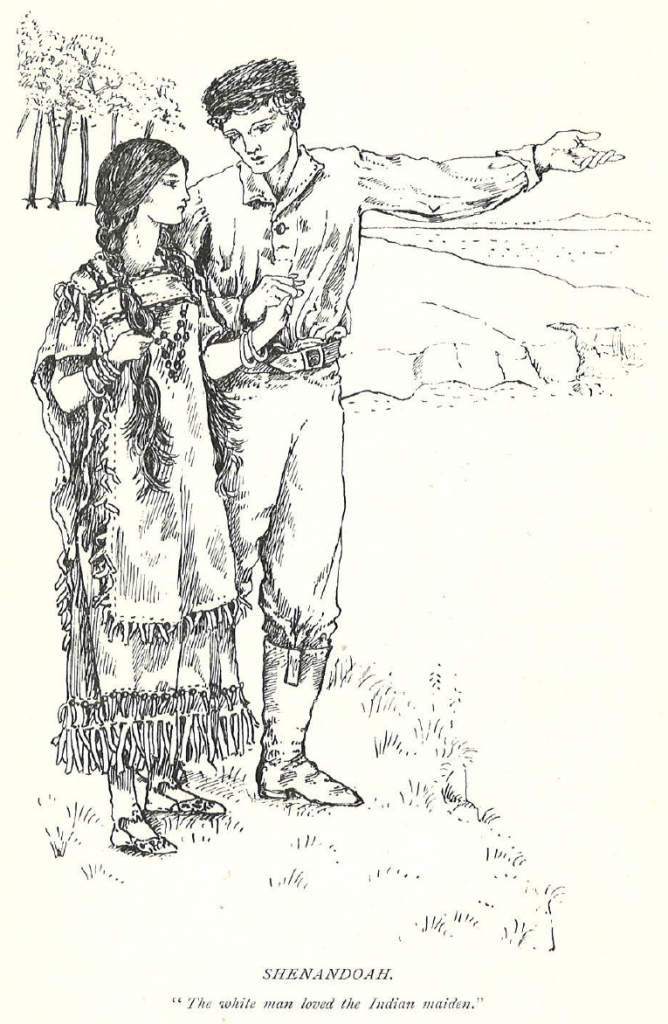December is, perhaps above all, a time for storytelling. For example: the baby Jesus born amidst barnyard animals, and jolly old Saint Nick’s physics-defying ride. Most everyone knows about those, but how about the Maccabees giving the Greeks their own Spartan impression, centuries after Leonidas and company? Christmas carols and other holiday tunes serve as timeless, ageless retellings of these holiday tales. But what about the stories behind the songs themselves? Who will tell them?
We will! Here are a few of our favorites:
Baby It’s Cold Outside (1949)
Frank and Lynn Loesser
(Listen to episode)
Composer Frank Loesser included this song in the score for 1949’s Neptune’s Daughter. The tune netted him industry-wide acclaim, an Academy Award, and one very angry wife.You see, Loesser wrote the song four years earlier for his wife Lynn. They performed it together by request at star-studded holiday parties. Lynn’s reaction to Frank’s use of the song in the film:
I felt as betrayed as if I’d caught him in bed with another woman.”
Dames!
Schirm und Schutz (1919) on Edison Gold Cylinder
Selmar Cerini
(Listen to episode)
Hanukkah begins on the twenty-fifth day of the Jewish month of Kislev. You probably know the story: how the Maccabees triumphed over the Greeks (Seleucids) and that one jug of oil lasted for eight days. What you probably don’t know is that the war took over a quarter-century. You see, the Maccabees recaptured Jerusalem after three years of fighting, leading to the purification of the Temple and the miracle of the menorah. But for 22 years after that, roughly 10,000 Maccabees battled a Greek army estimated at 40,000 strong. So, no, they weren’t exactly up against the might Xerxes, but then, they weren’t holing up in expertly-constructed phalanxes. There were more shepherds than trained soldiers in that army. Persistent shepherds: eventually, the Greeks surrendered and left. It’s believed to be history’s first ideological war.
Santa Hides In Your Phonograph (1922)
Harry Humphrey
(Listen to episode)
He has been described as both jolly and kind… he’s based on a saint for crying out loud. But you might picture him differently if this were your first introduction to Santa Claus. You’re listening to “Santa Hides In Your Phonograph” an Edison Blue Amberol Cylinder from 1922. You’ve got to think Harry E. Humphrey meant for his portrayal to be somewhat jovial, though he comes off more like a supervillain.
Humphrey was a prolific performer for Edison’s studios. Among his other roles were George Washington, Abe Lincoln and Otello. But none of them rank as high on the Creep-O-Meter as his portrayal of Old Saint Nick. Maybe Mr. Humphrey came across some coal as a young man? Give yourself an early present and watch this clip.
All I Want For Christmas Is My Two Front Teeth (1948)
Spike Jones
(Listen to episode)
Donald Gardner was a second grade teacher, charged with coming up with a tune for the school’s Christmas program. To draw out inspiration, he asked his students what each wanted for Christmas. It wasn’t long into their list of demands before he noticed that 16 out of the 22 kids were missing one, or two, front teeth. Inspiration struck alright, and Gardner wrote one of the most memorable, at least, holiday tunes of all time.Spike Jones and His City Slickers from 1948, with George Rock on vocals.Gardner didn’t quite share Jones’ vision for the song:
Horrible” he said, upon first listening. “That will never sell.”
But it sold… 1.3 million copies in just seven weeks. Pretty amazing…considering Gardner initially offered it free to a publishing house.
The Christmas Song (1946)
Nat King Cole
(Listen to episode)
Bob Wells didn’t set out to write a classic when he envisioned “The Christmas Song”. He was just trying to stay cool. He started writing the lyrics on an unbearably hot summer day and hoped to employ a little wintry mind over matter. Co-writer Mel Torme noticed snippets of the now iconic sentences in Well’s notebook. They got to work and completed the song forty minutes later. Today it is one of the most recorded, and most loved, holiday tunes of all time.
You’re listening to Nat King Cole, of course, but this version may not be the one you’re familiar with. The 1961 recording is usually considered definitive. This one, however, was recorded fifteen years earlier in 1946.
Listen to more episodes on all things wintry (e.g. Poinsettia Day, Santa’s evil counterpart Krampus and a Santa-less trip to the North Pole) in our Archive. We’ve even got an episode about Clark Griswold’s Aunt Bethany. And, of course, plenty of non-holiday fare spanning the history of recorded sound.
.







